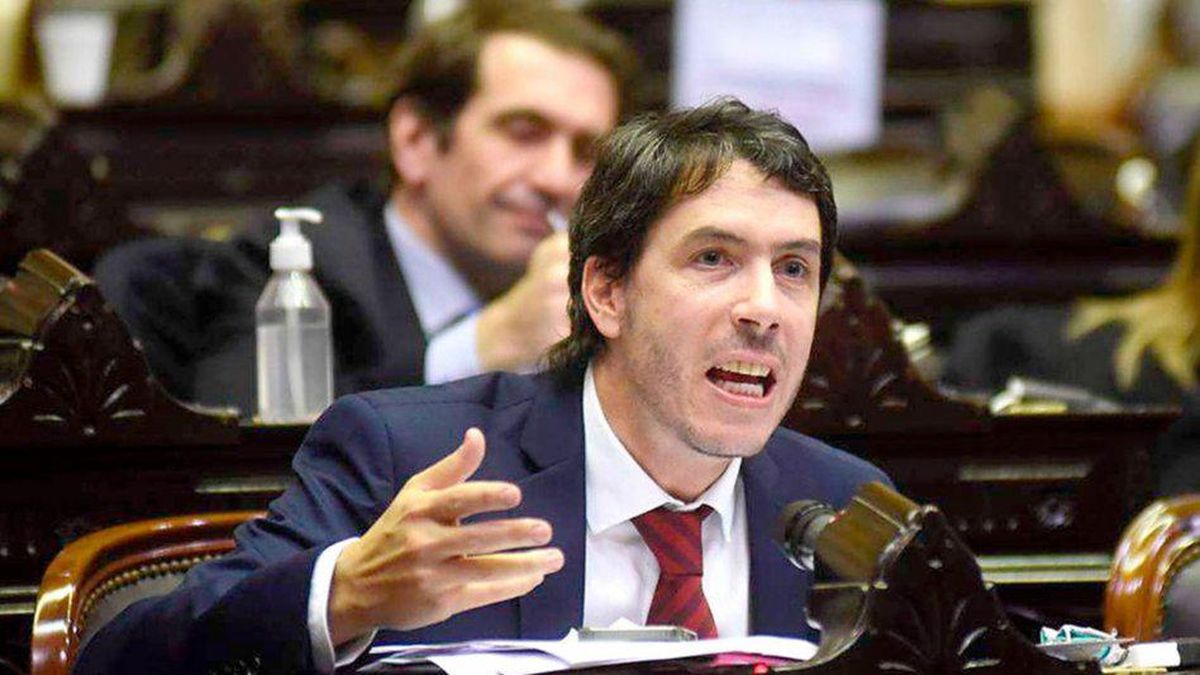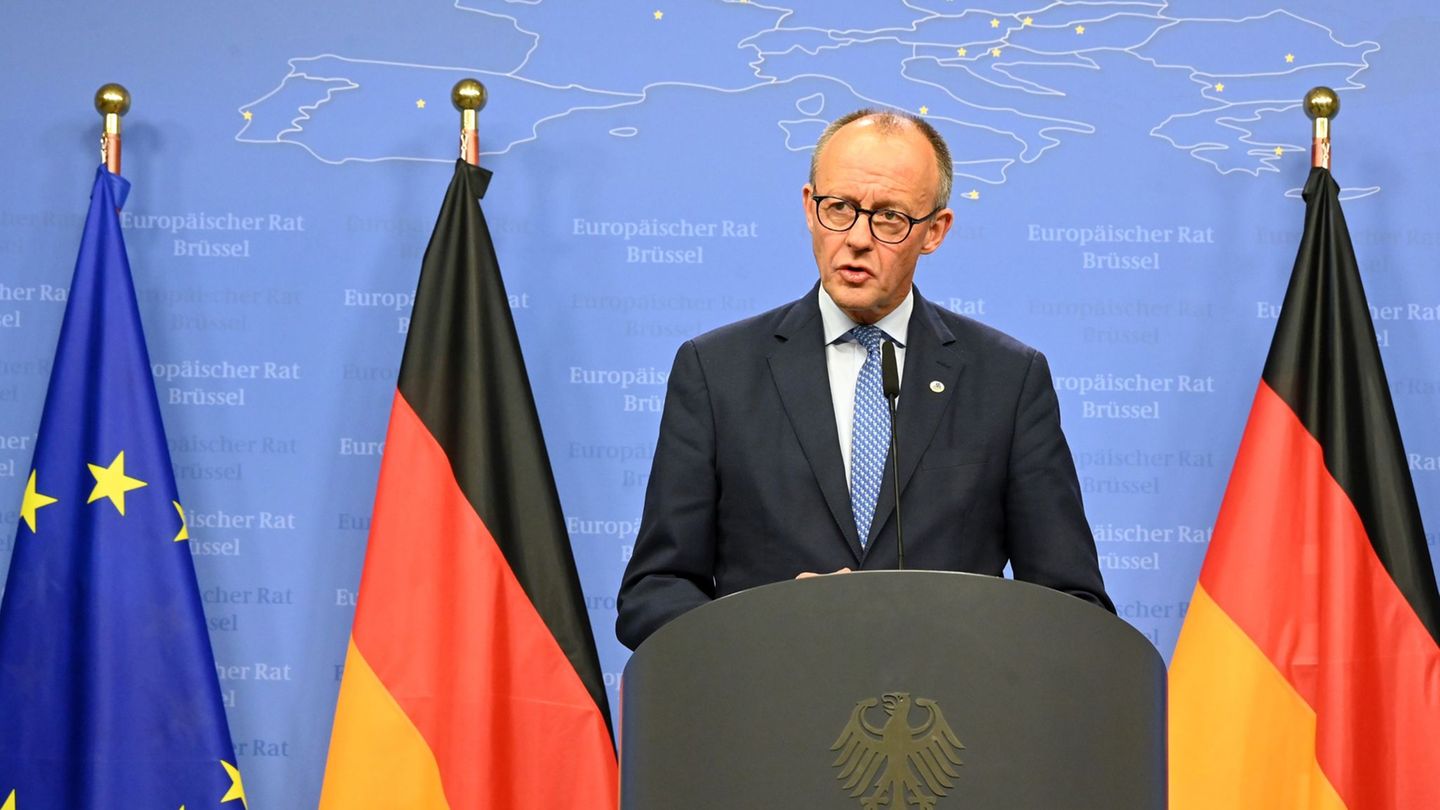For what? To see how the deterioration of the network progresses and in this way, technical parameters are proposed to reverse it.
It uses a combined index called State Index (“IE”), and which takes into account four parameters:
- Longitudinal deformation (which is roughness): coefficient D1
- Transverse deformation (rutting/sinking): coefficient D2
- Cracking: coefficient D3
- Landslides (which are potholes / peeling): coefficient D4
This index can reach values between 1 and 10, and depending on the value, the pavement can be:
- Good: from 7.1 to 10
- Fair: 5.1 to 7
- Bad: from 0 to 5
This State Index is key, because it is what serves to assign priorities because the funds are not unlimited.
Let’s go to the data we have from La Pampa… for the year 2021 and after analyzing just over 1,300 paved km, the rating is:
Status Index (IE):
- – Good= 17.9%
- – Regular= 42.3%
- – Bad= 39.8%
The status of fair or poor (that is, with IE <7), reaches a length of 1,071 km, and that is 82.1% of the routes evaluated in 2021 and is 73.8% of the national paved network that has La Pampa.
Because the paved sections are approximately 1,450 km, which is 87.1% of the almost 1,670 km that the entire national network has in La Pampa.
So the deterioration is tremendous, it comes from drag and is not corrected… La Pampa is the province that needs more investments per kilometer. That is, we are on the podium and in first place.
Let’s look at some historical data. For the year 2007, 63.8% of the evaluated network was in a “GOOD” state, while in 2021 it reached 17.9%.
These data reveal that in 15 years, the works that need recovery almost tripled.
As a national deputy, I have just submitted a second request for reports whose axis is four agreements that had already been announced in April 2021, between the province of La Pampa and the General Administrator of National Roads to repave and light routes in La Pampa. While in 2021 the announcement was for 4,700 million pesos, now they were announced again for the same works but the amount was updated to 8,800 million pesos.
The million dollar question is why most of those funds that come from the Nation are not going to be used for works on the national road network, which we have already said is in terrible condition.
Instead, most of these funds will go to repair provincial routes that have traffic records that are “significantly lower” than the records of the national network, which is in much worse condition.
For example, on Provincial Route No. 18 where part of the works are being carried out, the traffic is 50% less than the traffic on National Route No. 35 in the section that intersects it.
Or in Provincial Route No. 20, it has traffic values that are 50% lower than those of National Route No. 151, which is destroyed in the vicinity of the border with Río Negro.
Those sections of national routes that are contiguous to Provincial Route No. 20, the deterioration is tremendous, for example if we take the national route 143 it has values of the State Index (from IE = 4.5 for the 56 kms of the RN N 143 and IE= 2.70 for those 7 km of RN N° 151).
Another very striking case is that while the work to be carried out on Provincial Route No. 20 plans to widen the roadway to 7.30 m, in the mesh 104 project that covers national routes 152 and 143, it is not contemplated to increase the 6.70 m. current width. When the value of traffic used by RN No. 152 to the East of General Acha was 2,400 vehicles per day (according to measurements for the year 2018), while RP No. 20 only circulates 1,300 vehicles per day (year 2019) .
That is to say, a trunk road corridor, which begins at the junction of national routes 35 and 152 (Padre Buodo) and reaches the town of Chacharramendi, has widths smaller than the route that follows (RP No. 20) when the traffic logically decreases towards the west of the province. The decision to allocate resources in this case does not respond to any logic.
As can be seen from the foregoing, inadequate management is evident in terms of the needs presented by the national routes in La Pampa, with no logical prioritization that determines that the routes with the greatest traffic and/or with the greatest degree of deterioration receive first the investments destined to promote improvements for the users who use them.
It would be expected that the person in charge in La Pampa of proposing to the Central House of “National Roads” the works that are essential for the main network of national routes, grants maximum priority to these over other requests that do not offer such urgency, thus avoiding the waste of resources and efforts that for many years were made in the 21st District to provide said routes with adequate passability and safety.
Source: Ambito




